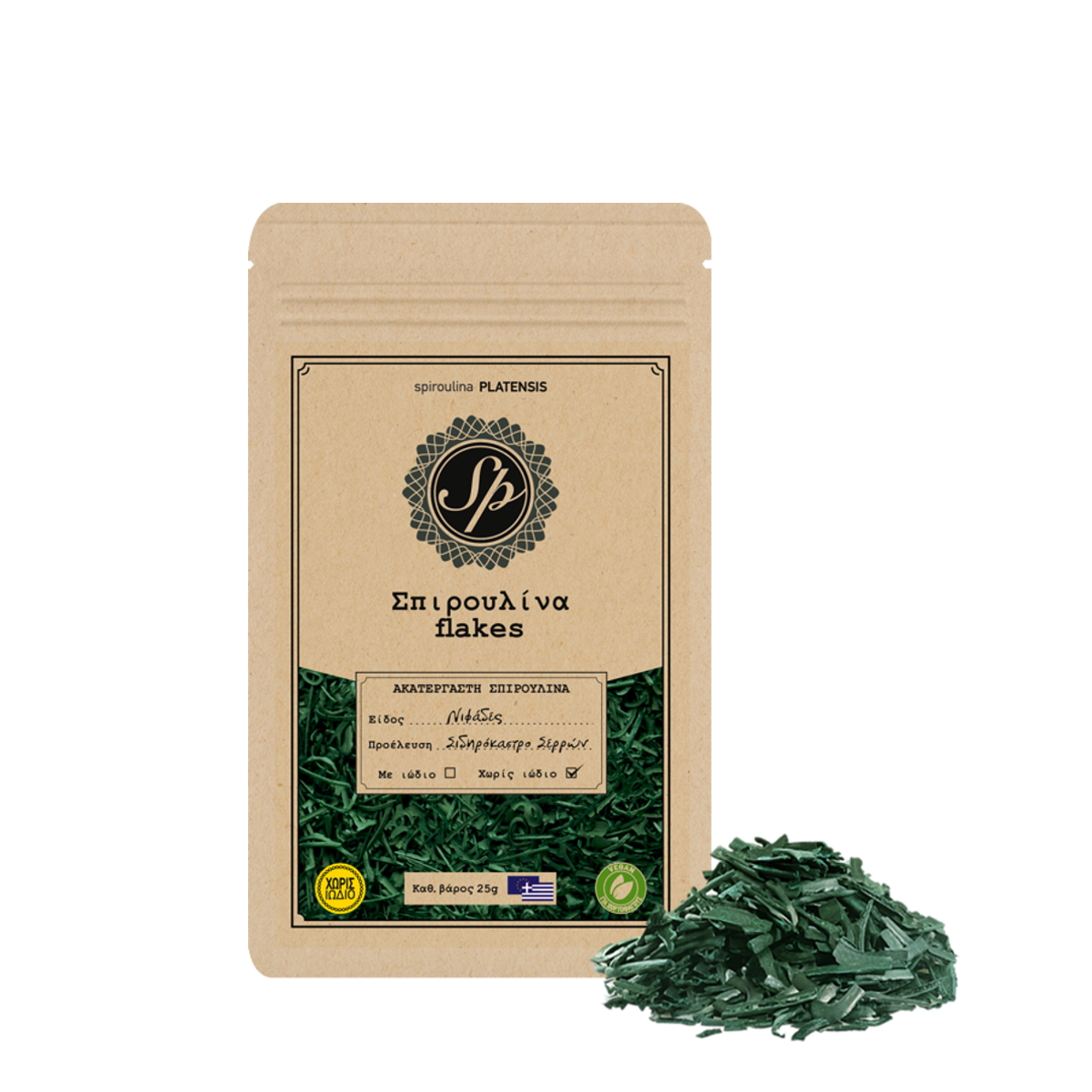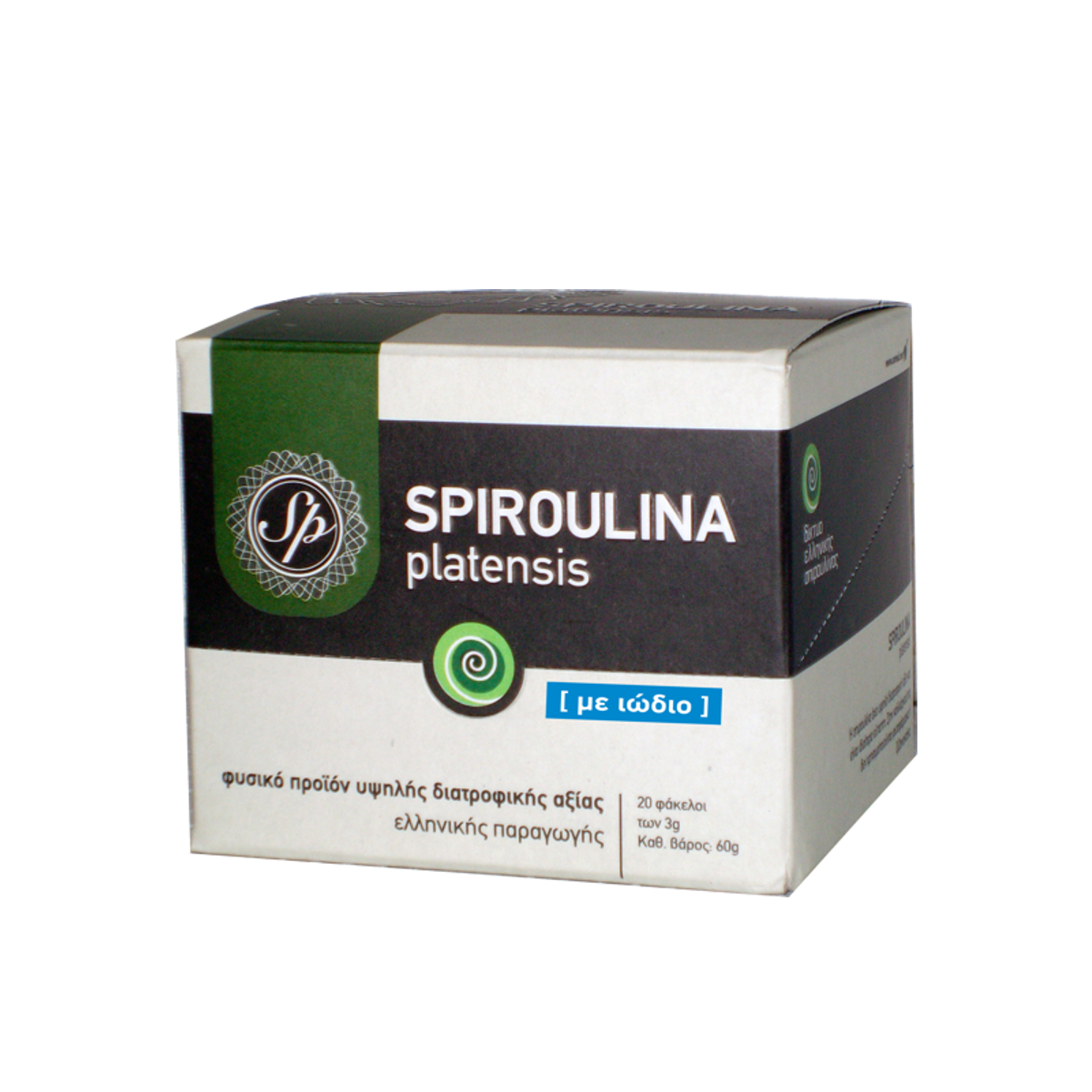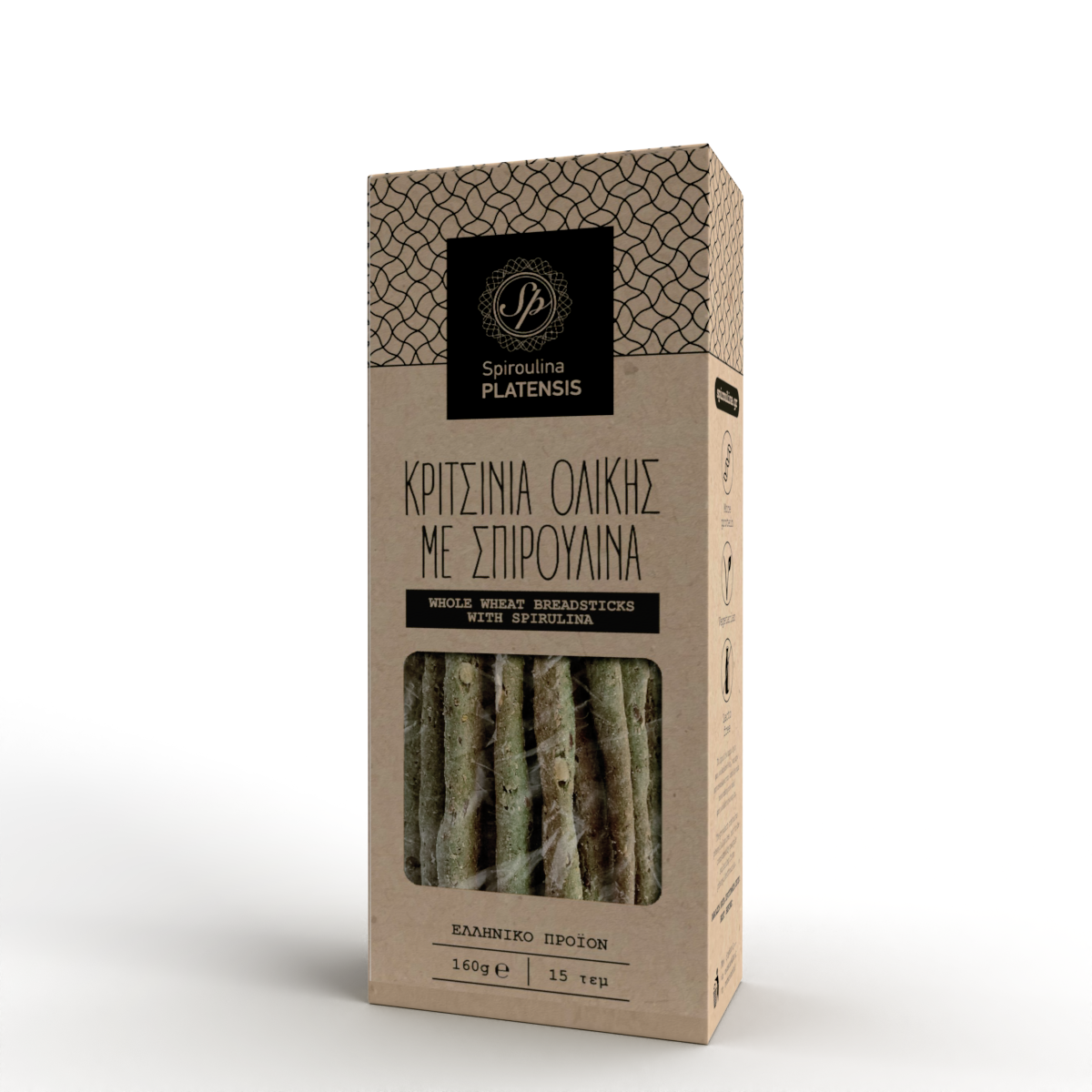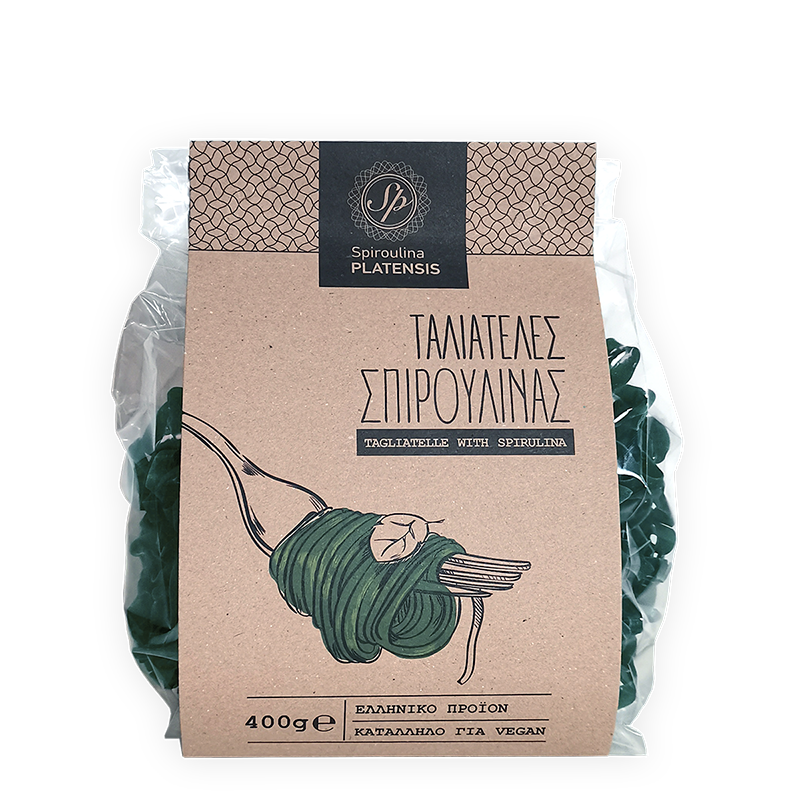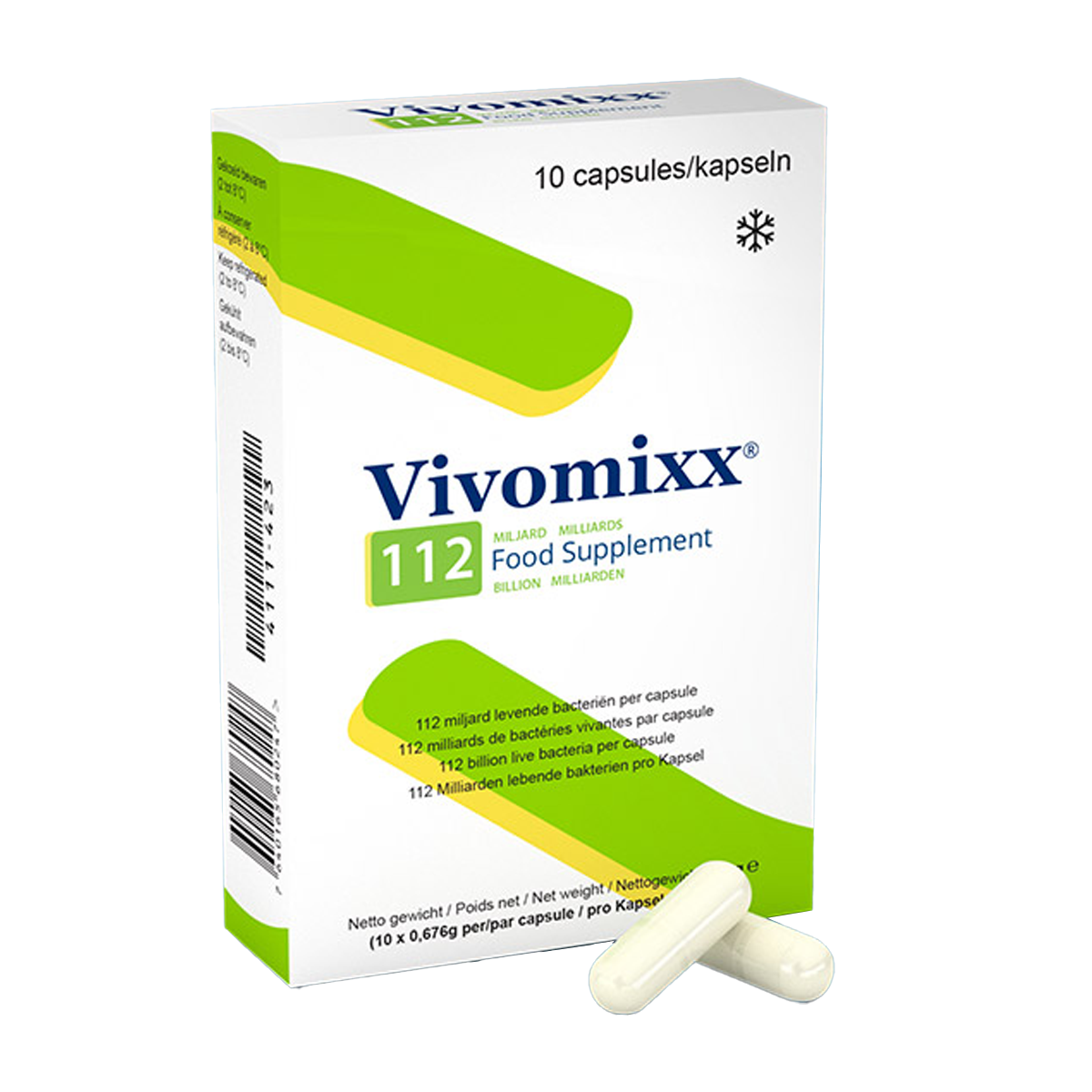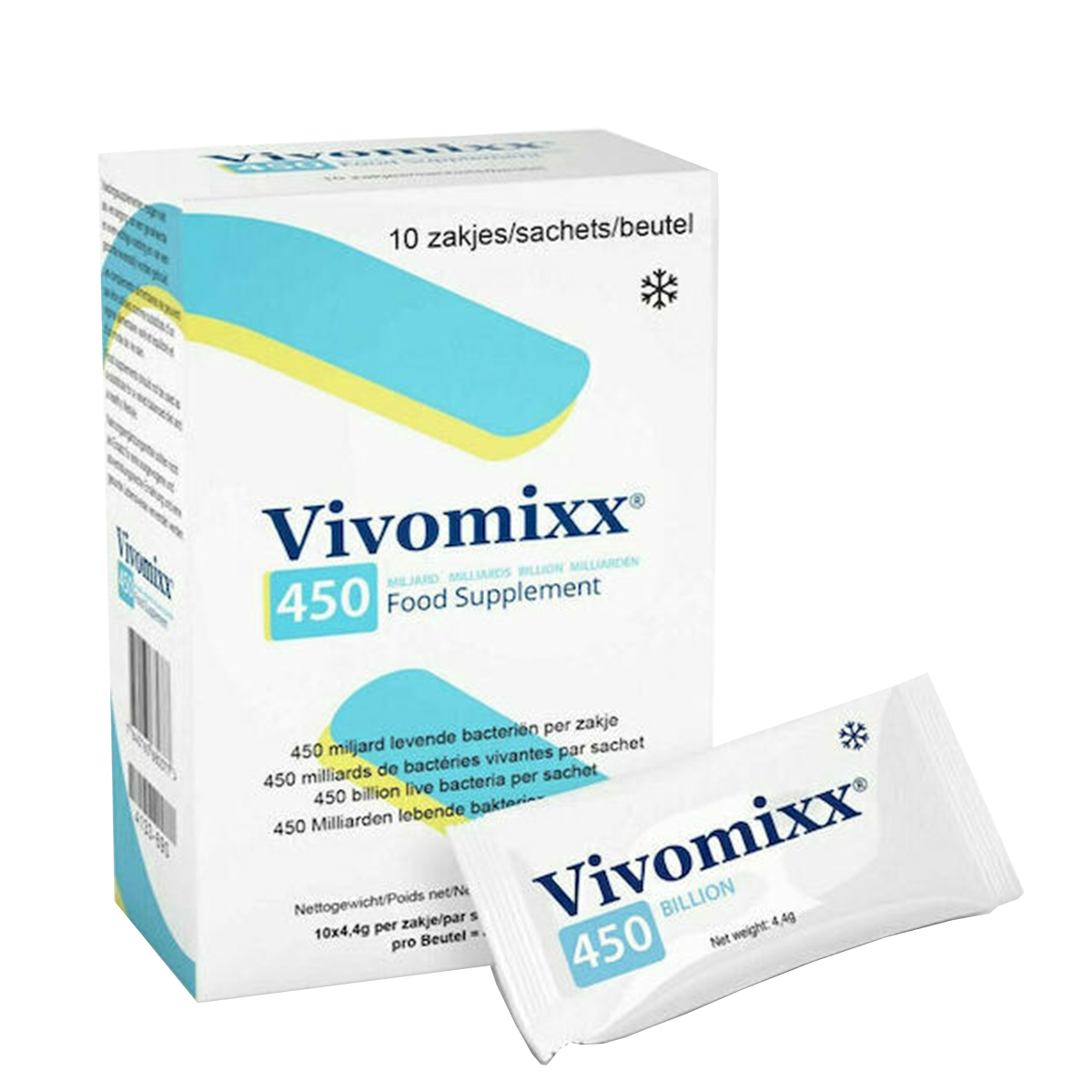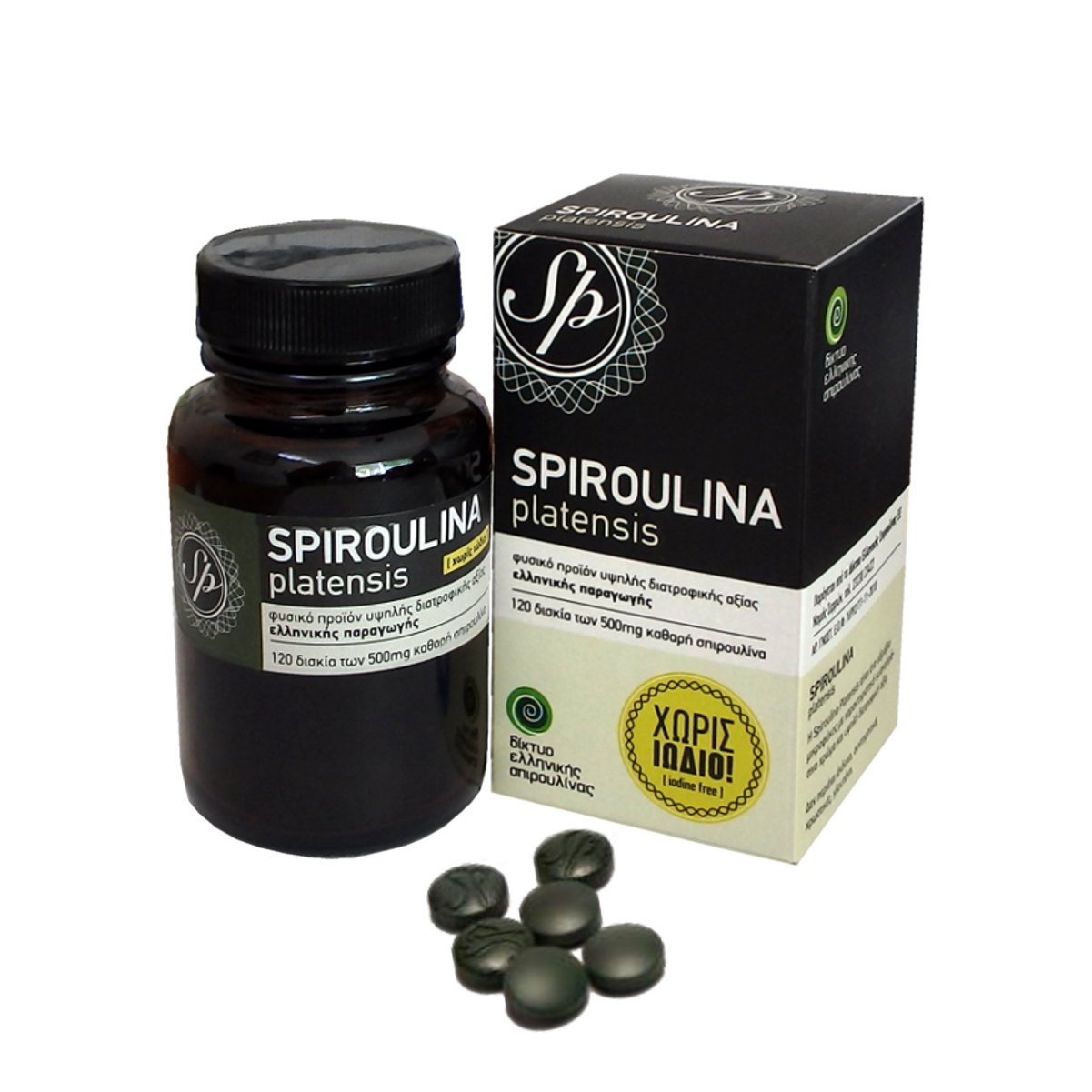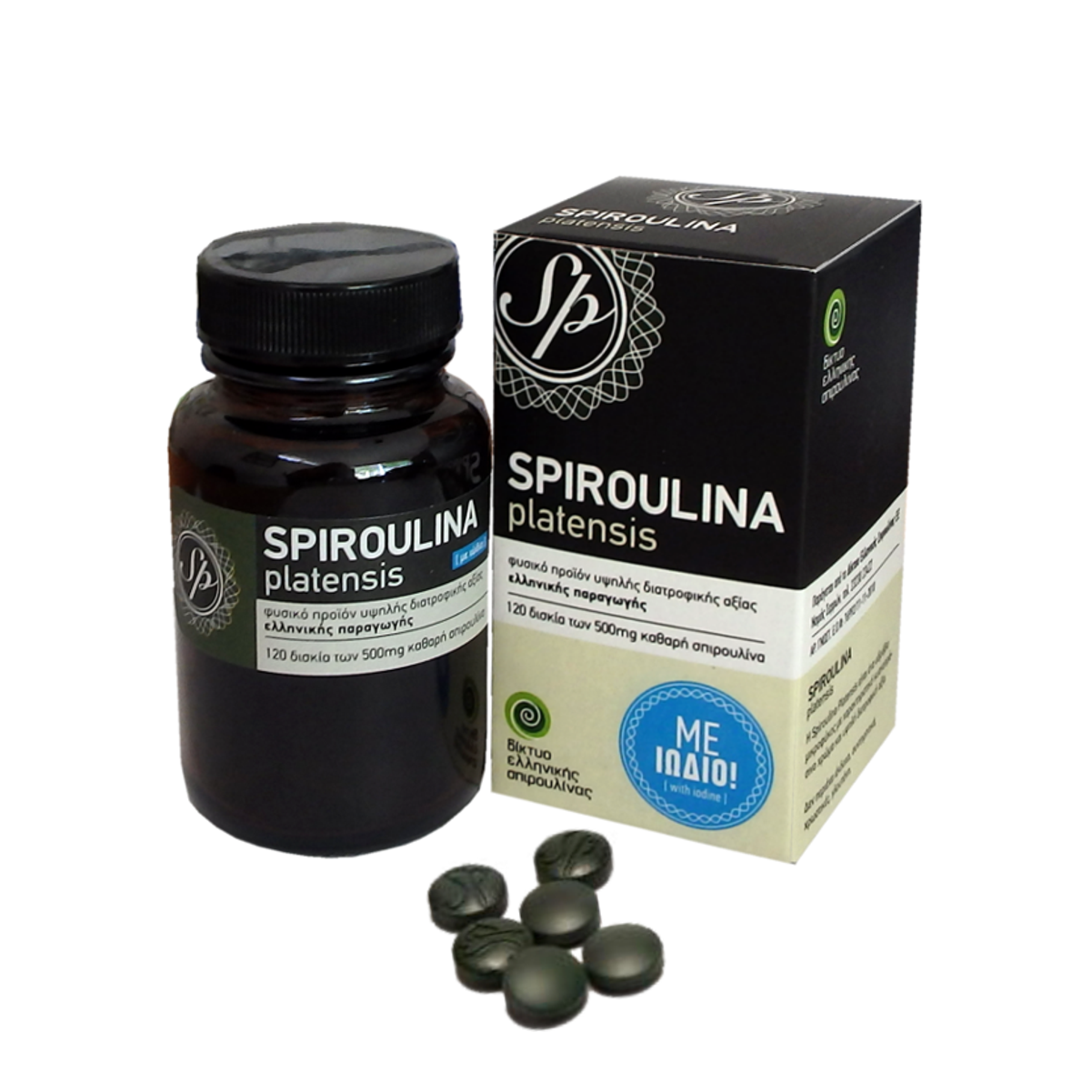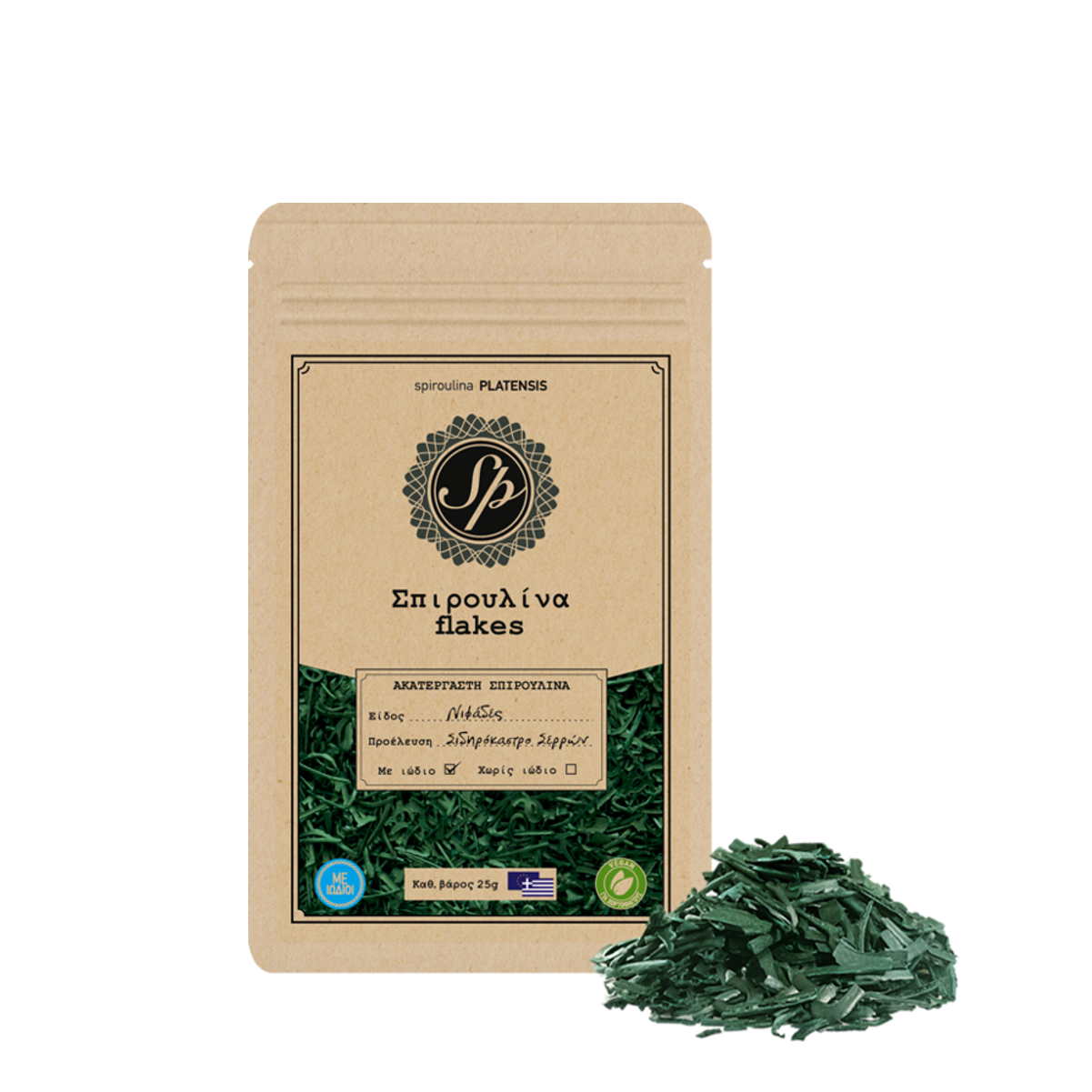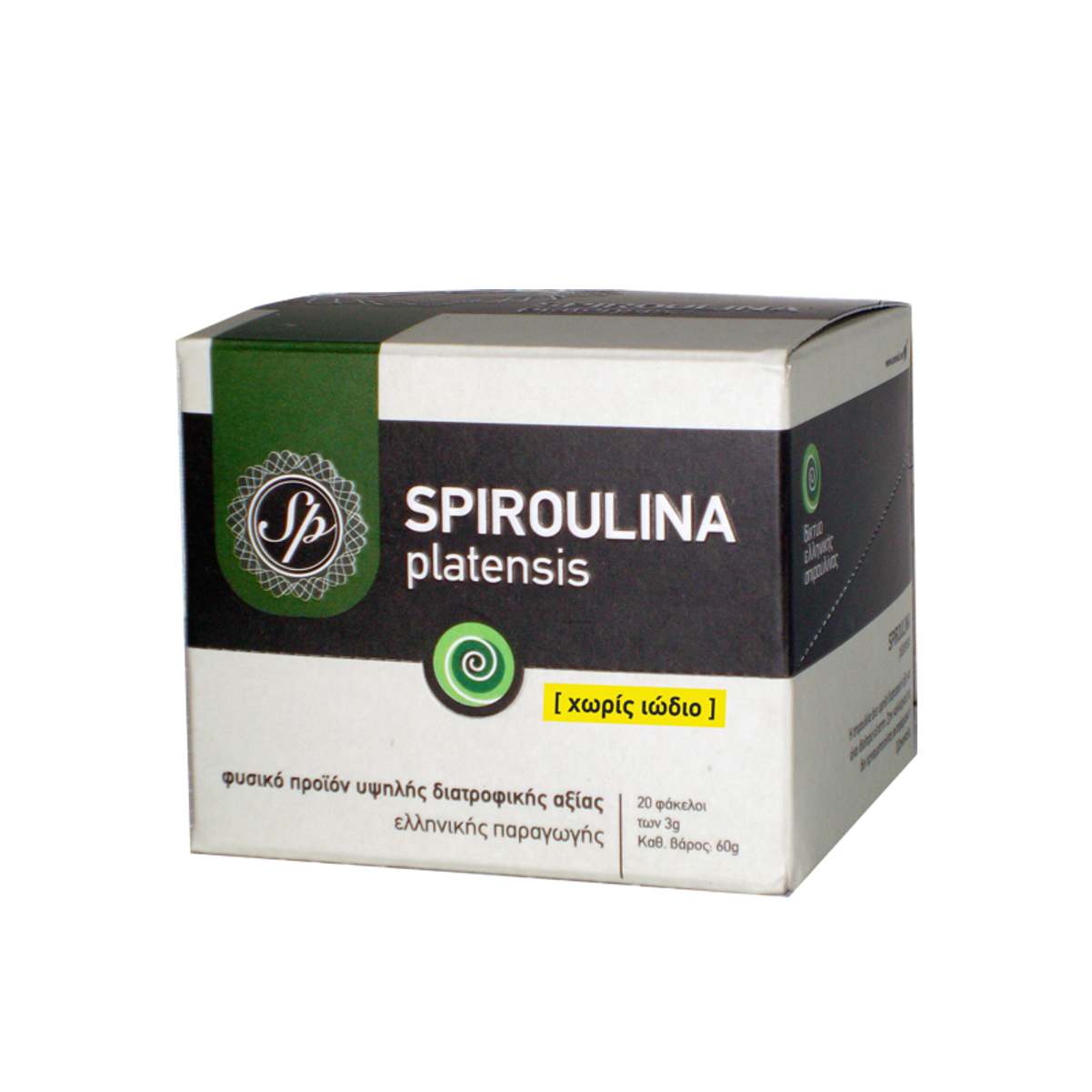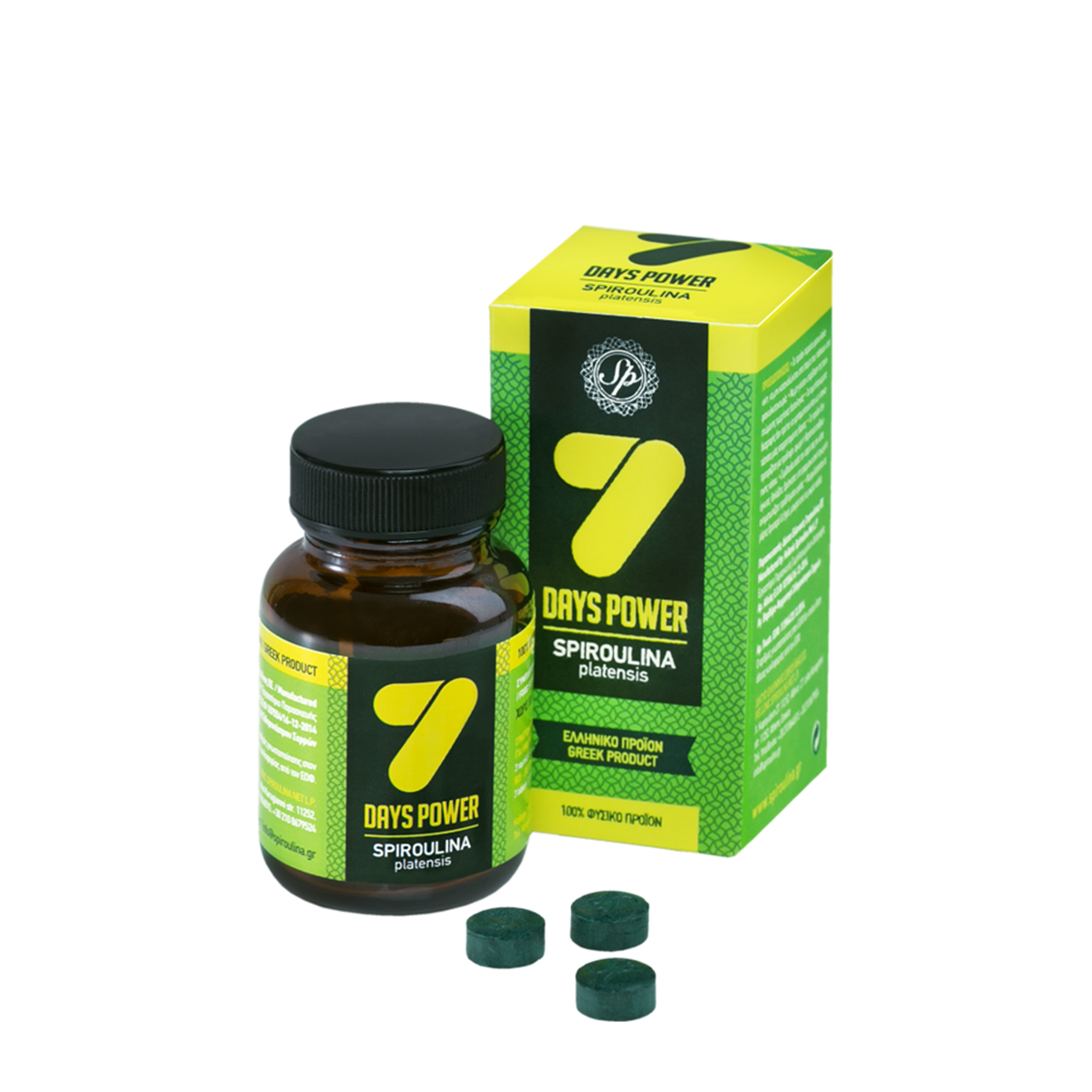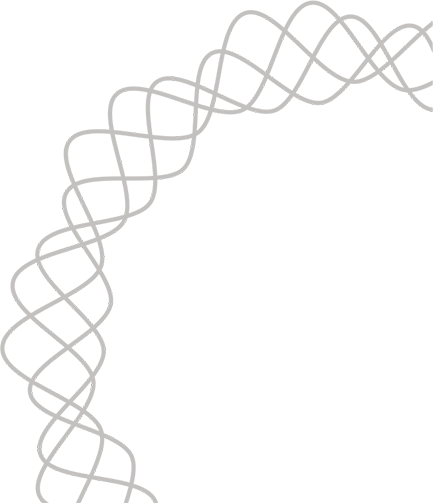Antioxidants are substances that destroy reactive oxygen species converting them into non-toxic, so they are not harmful for the human organism.
The oxygen reactive species are produced in the body under the influence of several factors such as, among others, stress, environmental pollution and sun exposure.
Antioxidant substances are vitamins A, C and E, selenium, B-carotene, Zinc, flavonoids, lycopene etc
Antioxidant role
- Protect against cellular membranes, by destroying oxygen reactive species and metals.
- Have cardiovascular protective role as they increase vascular resistance by restricting inflammatory factors, reducing the oxidation of LDL cholesterol and contribute in the control levels of arterial blood pressure.
- Have an anticancer action as they prevent the attachment of dangerous enzymes in the tissues and inactivate carcinogen substances.
- Protect the neurotransmitters from oxidation and improve brain function by improving mentality and psychology.
- Restrict collagen breakdown, by maintaining skin elasticity and preventing early ageing.
- Restrict oedemas and inflammations by protecting bones and arthritis.
- Contribute in the protection of retina and improve with visualisation.
According to research, the cooperation of several antioxidants reacts better than an antioxidant itself. Furthermore, the antioxidants that have a natural origin have better bioavailability and reactivity than the synthetic ones.
Spirulina as a 100% natural product, highly enriched in essential nutrients with antioxidant properties such as beta carotene, vitamin E, selenium and others that are currently being studied for their antioxidant role.
Clinical studies have shown that the alcoholic essence of spirulina represses the hyper oxidation of lipids in a more effective way than antioxidants such as α-tocopherol, BHA and beta-carotene and spirulina’s water essence have a better antioxidant reactivity than the French and chlorogenic acid8.
In addition, spirulina’s extraction in warm water has a strong binding affinity of hydroxyl’s and lipid’s free radicals8.
The antioxidant action of spirulina is attributed in the presence of phycocyanin.
Phycocyanin- a significant antioxidant factor
Phycocyanin is a pigmented protein found in spirulina in a high quantity. It is responsible for its cyanic colour of the microalgae and shows strong antioxidant properties.
Phycocyanin represses the formation of reactive oxygen species while it can also destroy them. Specifically, it is reactive against the free radicals of hydroxyl, alkoxyl, peroxyl36,peroxynitrite 5 and hypochlorite 8 ions while it represses the hyper oxidation of fatty acids.
It has also been mentioned, that phycocyanin protects human erythrocytes against lysis by peroxyl radicals.35
Phycocyanin’s and spirulina’s health benefits:
- Repression of hyper oxidation of fatty acids
Hyper oxidation of fatty acids can be damaging for cell membranes. Research has shown that phycocyanin represses lipid peroxidation caused by iron ions, ascorbic acid 37 or carbon tetrachloride 6. - Repression of drug toxicity
Many drugs cause kidney and cardiotoxicity through mechanisms that form free radicals. Research has shown that the administration of phycocyanin and spirulina in animal models ameliorate the toxic effects of several drugs 17 18. - Protection from heavy metal toxicity
It has a protective role against toxicity produced by metals such as lead, cadmium and mercury. Specifically, administration of spirulina in animal models that have been poisoned by the toxicity caused by metals showed the maintenance steady levels of substances such as zinc, iron, selenium, glutathione, superoxide dismutase, catalase and superoxide glutathione which are reduced under the influence of toxic metals.16 41. - Exercise
Research suggests that administration of spirulina supplements in diet can reduce oxidative damage of the muscle tissue caused by free radicals during exercise. Clinical studies that observed samples from 16 athletes, that were administered spirulina. proved that the concentration of malondialdehyde, in the plasma, was significantly reduced after exercise while the superoxide dismutase concentration was elevated 21. Also, spirulina prevents weakness and tiredness during exercise. - Protective role in liver
There are certain chemicals that are considered toxic for the liver due to the fact that they form free radicals. As an example, the liver toxicity cause in rats by carbon tetrachloride. Studies show that the liver protective role of phycocyanin against liver toxicity is caused by carbon tetrachloride.42. - Protective role against nitrogen stress
The damaging effects of radicals produced by nitrogen are known as nitrogen stress. The peroxynitrite causes inactivation of several cellular functions as it causes oxidative damage in the DNA. Studies show that phycocyanin has the ability to destroy and react on those anions 5. - Neuroprotective role
Recent studies in animal models have proved the neuroprotective role of spirulina which is induced by the ability to destroy free radicals and generally due to its antioxidant properties. According to studies, phycocyanin could be used for treatment of neurodegenerative disorders such as Parkinson, Alzheimer and Huntington disease 8 34.
So, Spiroulina PLATENSIS contributes to detox reactions that take place in our body (by excretion of toxic substances and heavy metals) while it replenishes insufficient substances in diet and increases the metabolic rate by improving physical condition.
![]() For references see the ‘Bibliography’ page.
For references see the ‘Bibliography’ page.
‘IN ANY CASE THE INFORMATION WRITTEN CANNOT REPLACE MEDICAL OR SCIENTIFIC ADVICE OR CAN BE USED FOR SELF TREATMENT. THE INFORMATION WRITTEN ABOUT THE PROPERTIES AND NUTRIENTS OF SPIRULINA ARE SCIENTIFICALLY PROVED BY STUDIES AND REFERENCES CAN BE FOUND IN THE BIBLIOGRAPHY SECTION.’
 FREE SHIPPING COSTS
FREE SHIPPING COSTS


